Deep learning services
Extract value from disparate, complex datasets using deep learning models that power advanced AI applications and drive smarter decisions
Talk to our expertsOur Clients
Deep learning is an AI function that mimics the human brain in processing large volumes of data using an artificial neural network. It extracts patterns and insights from vast amounts of unstructured data, automates tasks and enables accurate predictions. Deep learning is designed to analyze data and learn by experience without human involvement. We have helped clients from industries like energy, finance and manufacturing to improve data accuracy and enhance efficiency. Our team of over 40 certified experts, including data scientists, domain experts and AI architects, design custom models that process large volumes of data, identify hidden patterns, and make accurate predictions. We enable you to optimize supply chain and enhance customer experience by integrating a deep learning model that keeps learning and improving.
Our professionals assist you in the integration of deep learning strategies. We offer strategic consulting to evaluate your requirements, advise you on the optimal solutions, and develop a roadmap for the smooth implementation process. From creating smarter AI models to improving decision-making, we guide you every step of the way.
We develop custom AI models using advanced algorithms and neural network architectures tailored specifically for your business needs. Whether it’s optimizing accuracy, anomaly detection, speech processing, image recognition, these models automate your business operations and deliver measurable impact.
Our experts integrate deep learning into your existing system using neural networks to identify complex patterns from large datasets so that information can be transformed into valuable insights. End-to-end integration ensures data preparation and validation, selecting the right model architecture, and smooth deployment with ongoing support.
We deploy deep learning models into your system to make them accessible for real-time prediction. Our deep learning experts ensure hassle-free deployment with ongoing support and regular updates to maintain efficiency. From setup to monitoring and troubleshooting, we take care of every technical aspect so that you can focus on innovation.
Our deep learning experts leverage AWS resources such as SageMaker to create, train, and deploy AI models according to your business requirements. We make sure the developed model is safe and delivers high-performance with efficient tasks such as image analysis, predictive analytics, and natural language processing. Hence, yielding faster results and measurable effect.
Our experts use Azure Machine Learning (Azure ML) and cognitive services to build, train, and deploy custom AI models at scale. Using Azure’s secure and scalable cloud infrastructure, we accelerate development while maintaining enterprise-grade performance.
Turn complex data into smart decisions. We help you build custom AI models that are scalable and deliver measurable impact.
Request a free consultationComputer vision solutions
Our deep learning-based models employ Convolutional Neural Networks (CNNs) to execute computer vision operations like image recognition, object detection, and segmentation.
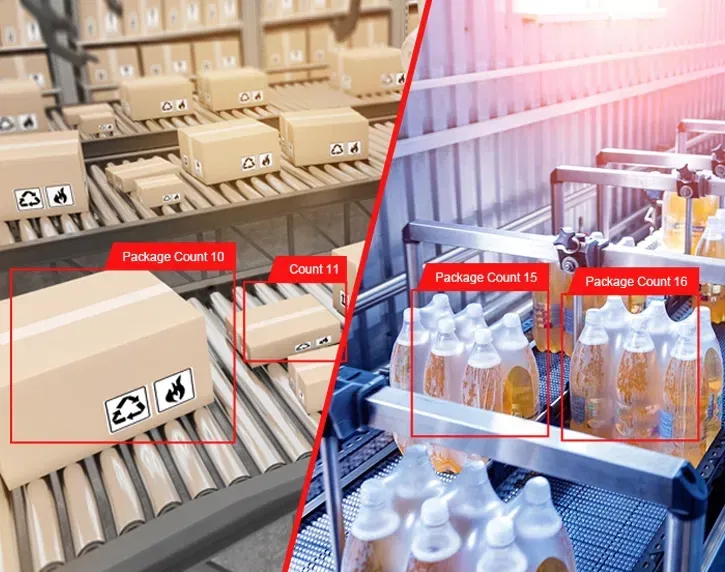
Natural Language Processing (NLP) solutions
We employ deep learning architectures to make computers comprehend, read, and produce human language.
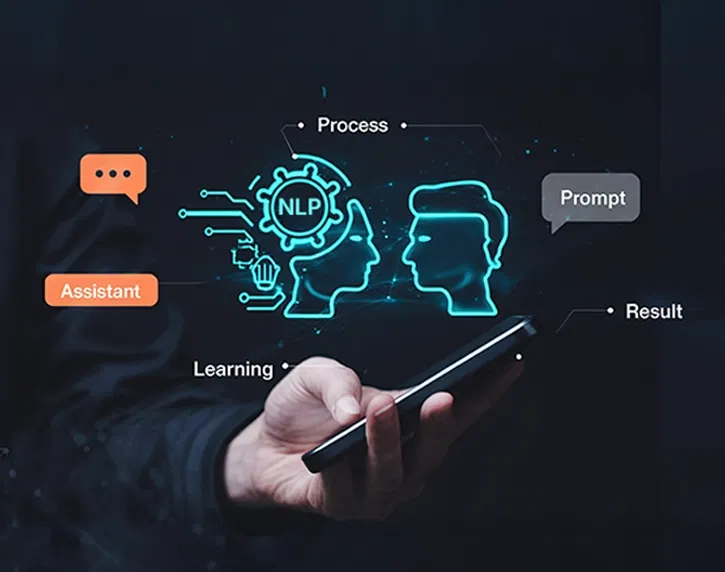
Speech and audio processing
We employ architectures that transcribe speech to text, identify speakers, find data from audio signals, and provide music suggestions.
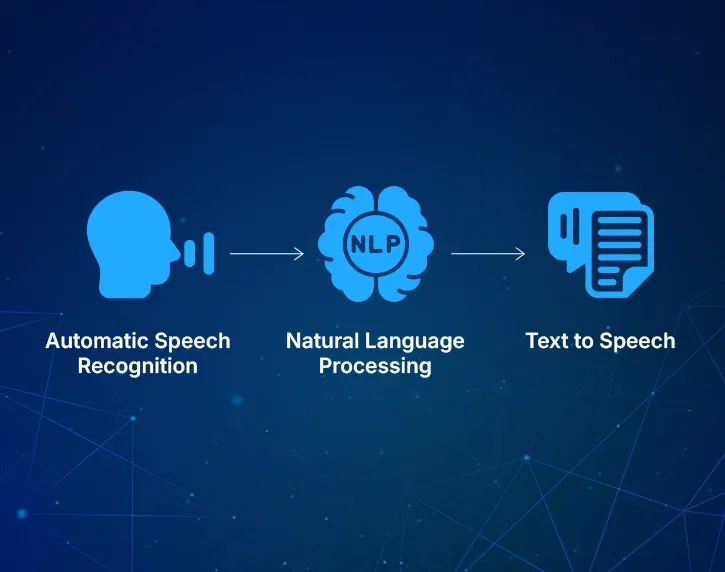
Predictive and prescriptive analytics
Our experts deploy Deep learning to detect intricate patterns from massive datasets. This process enhances accuracy in domains such as risk assessment and predictive maintenance.
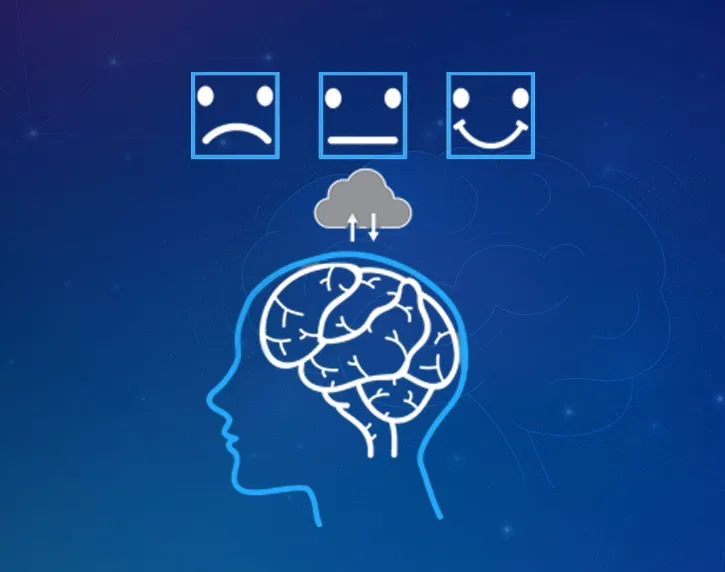
Generative AI solutions
We deploy generative AI technology that emphasizes producing original content such as images, text, and music. From content creation to optimizing dynamic workflows and making strategic decisions, we facilitate accelerated innovation.

Deep reinforcement learning
We integrate deep learning solutions and reinforcement learning, that allows AI agents to learn by trial and error. This technology is applied in various fields from finance to robotics, where there is a need for intelligent decision-making.
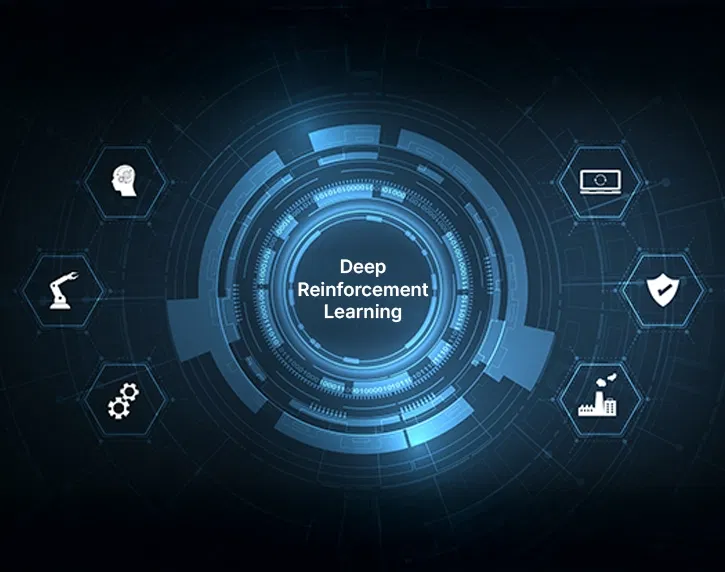
Drive innovation and smarter automation with our deep learning services designed for complex problem-solving and adaptive learning
Request a business demoStreamline decision-making, minimize uncertainties, and enhance overall business strategy by making predictions on complex data. We enable you to forecast trends and detect risks with high precision. This leads to improved operational efficiency and reduced risks.
Enhance your user experience, increase customer satisfaction, and improve brand loyalty by conducting in-depth analysis of customer behavior, purchase history, and preferences. Retain customers by offering personalized service or product recommendations.
Uncover hidden patterns, detect anomalies, forecast outcomes, and identify valuable insights using AI models to make informed decision making. With deep learning you can enhance operational efficiency and customer satisfaction.
Resolve operational issues and enable continuous innovation, by identifying and taking proactive steps to shift market demands and changing customer needs. With adaptive learning capabilities, your systems can quickly adjust to market changes and customer demands.
Our experts begin by understanding your business objectives, challenges, and requirements. We assess your present system, data structure, and scalability to frame a roadmap that aligns with your business objectives. A well-defined objective guide for data collection, model selection, and overall solution design.
Our deep learning experts select the right deep learning frameworks and design a clear development strategy. We strategically plan each step that aligns with your industry's needs. This upfront planning ensures efficient resource utilization, reduces risks, and accelerates deployment.
We ensure data in your existing system is structured, properly labeled, and optimized. Our team of experts collect, clean, and process data for accurate model training and predictive performance. Proper data preparation reduces noise and enhances the model’s ability to learn meaningful patterns.
Our deep learning expert custom-designs neural network architectures tailored to your business needs. We train deep learning models using algorithms and fine-tune them to produce accurate and reliable output. Moreover, we conduct testing to address issues related to bias, overfitting, and efficiency.
Our expert seamlessly integrates deep learning models within your current systems, providing seamless deployment with minimal downtime. We create secure and scalable deployment plans for performance that lasts.
We offer ongoing support through ongoing monitoring, training, and optimization of models, guaranteeing AI models work effectively and keep up with changing business requirements and technology innovations.
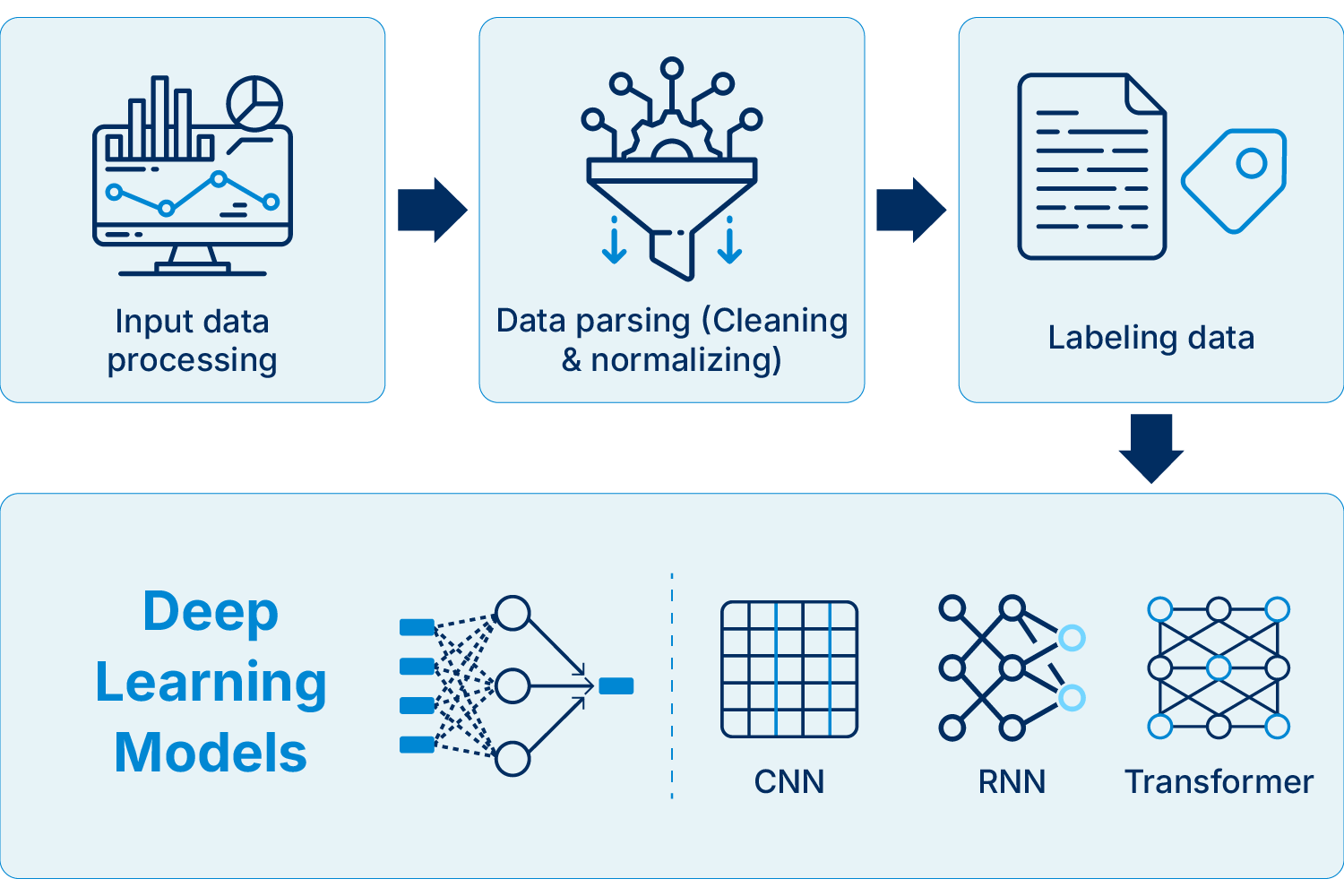
We use deep learning solutions with Artificial Neural Networks (ANNs), and more precisely those with more than one hidden layer. These networks learn to recognize complicated patterns by processing data and feeding it through connected layers of nodes.
10+ years of experience delivering deep learning solutions across industries
60+ deep learning experts, including specialists in supervised, unsupervised, and reinforcement learning
Ready-to-use deep learning accelerators that reduce development time by up to 35%
Integrated with Azure ML, AWS SageMaker, and Google Vertex AI for scalable deployments
Proven success in deploying custom models for fraud detection, predictive maintenance, demand forecasting, and more
Deep learning is a subset of artificial intelligence that uses neural networks to model and understand complex patterns in data. It is designed to automatically learn and improve from experience without being explicitly programmed for each task. Deep learning is widely used in applications like image and speech recognition, natural language processing, and predictive analytics.
Deep learning works by training artificial neural networks to recognize patterns and make decisions based on large amounts of data. These networks are made up of multiple layers that progressively extract higher-level features from raw input, such as images, text, or audio. As the model processes more data, it improves its accuracy through optimization techniques like backpropagation.
The best platform for deep learning often depends on your specific use case, but industry leaders like TensorFlow, PyTorch, and NVIDIA’s CUDA ecosystem are widely trusted. PyTorch is known for its flexibility and ease of use, especially in research and experimentation, while TensorFlow offers robust tools for production-level deployment. Cloud platforms like AWS, Google Cloud, and Azure also provide scalable infrastructure and pre-built deep learning environments to accelerate development.
Deep learning services help customers unlock valuable insights from complex and unstructured data, enabling smarter decision-making. They enhance accuracy in predictions, automate time-consuming tasks, and adapt to evolving business needs. As a result, end-users experience faster, more personalized, and efficient solutions across various touchpoints.
The three main types of deep learning are supervised learning, unsupervised learning, and reinforcement learning. Supervised learning trains models on labeled data to make accurate predictions, while unsupervised learning finds patterns and structures in unlabeled data. Reinforcement learning focuses on decision-making by rewarding models for taking actions that maximize long-term outcomes.
Deep learning techniques are advanced methods used to train neural networks to recognize patterns, make decisions, and generate predictions from large datasets. Common techniques include Convolutional Neural Networks (CNNs) for image processing, Recurrent Neural Networks (RNNs) for sequential data, and transformers for natural language understanding. These models learn complex relationships through multiple layers, enabling high accuracy in tasks like classification, detection, and generation.
Supervised deep learning relies on labeled data, where the model learns by mapping inputs to known outputs. In contrast, unsupervised deep learning works with unlabeled data and focuses on identifying hidden patterns or structures within the dataset. While supervised learning is ideal for tasks like classification and regression, unsupervised learning is better suited for clustering, anomaly detection, or data exploration.
Future-proof your business with deep learning solutions
Contact us to explore advanced deep learning services tailored to your needs